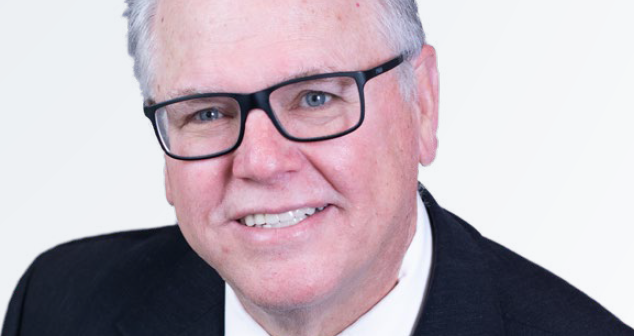Last month I shared with you the first tenant of practicing authentic leadership I learned fro: Dr. Prestol, “knowing one’s self.” The second tenant to this theory of leadership is to be genuine, transparent leaders.
Have you ever had an experience with a salesperson calling you on the phone and selling you something and lo and behold, when all was said and done, you bought into much more than you bargained for because the salesperson simply did not tell you the whole story?
This recently happened to me when I was asking my phone carrier (who will remain nameless), if there was a newer, more economical plan we could be on than the one we have had for the past eight years. The salesman looked up our account and sure enough, he was able to offer a new plan with the same benefits that would save us about $10 a month. It sounded like the way to go so I said “Yes, sign me up.” Later, when I had a chance to review the new plan in greater detail, I realized the salesman had found a plan that would actually save me $35 a month but added an insurance policy for all of my household electronics for $25 a month. When I asked him about that, he said, “Oh, yes, I thought you would want this so I added it to your new agreement.” He then said I could “opt out” after three months if I wanted to. Hmmm…I was not feeling like I had just done business with a transparent, genuine salesperson.
Pillar #2
Have you ever worked for a boss where you couldn’t determine if they were being fully genuine and transparent with you? Maybe your employer was not honest with you about the workload, the reimbursement, the scope of responsibility or even the health of the company. I had a friend who started working for a firm and about the third month his paycheck bounced! Needless to say, the boss was not transparent about the health of the firm and my friend lost confidence in his leadership and found other work.
It is hard to overstate the importance of being a genuine, transparent leader. Transparency is truly an important step in building trust with anyone. Authors Bruce Avolio and Tara Wernsing describe this pillar of authentic leadership as “sharing relevant information, being open to giving and receiving feedback, being forthright regarding motives and the reasoning behind decision, and displaying alignment between words and actions.”* As you might imagine, I am not so sure I want to use the same salesperson the next time I want to negotiate with my phone company!
I know I am writing to a large number of leaders. If you received a call from your nominating committee at church and you said “Yes” then chances are you are a leader. You may be leading a team in the junior department or directing a choir. You might be the head deacon or deaconess and you organize people for service. To be effective and appreciated by those you lead, you must be transparent and genuine. Otherwise, distrust and discouragement will set in.
Living in alignment
Being open and transparent about our motives and having “alignment” between our words and actions is simply a must. This is true for any leader at any position. This tenant can only work if you truly know yourself and are honest with yourself. It also requires you to be in alignment with the core values you live by.
Of all the leaders in the world, truly our mission and values as a church call for Christlike, authentic leaders. Being genuine and transparent will be central to trusting one another as we lock arms to serve our Maker.
Next time, we will talk about the third pillar of authentic leadership: building healthy processes for carrying out our leadership responsibilities.
*Avolio, B. J., & Wernsing, T. S. (2008). Practicing authentic leadership. Positive psychology: Exploring the best in people, 4, 147-165.







